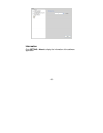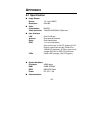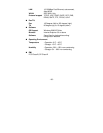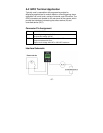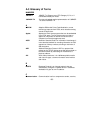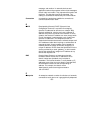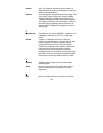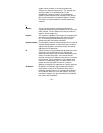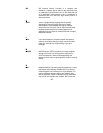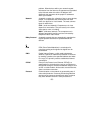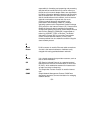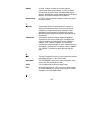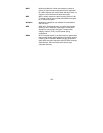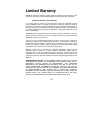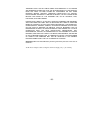
- 91 -
system, which consists of 16 unique symbols: the
numbers 0 to 9 and the letters A to F. For example, the
decimal number 15 is represented as F in the
hexadecimal numbering system. The hexadecimal
system is useful because it can represent every byte (8
bits) as two consecutive hexadecimal digits. It is easier
for humans to read hexadecimal numbers than binary
numbers.
I
Intranet
This is a private network, inside an organization or
company that uses the same software you will find on the
public Internet. The only difference is that an Intranet is
used for internal usage only.
Internet
The Internet is a globally linked system of computers that
are logically connected based on the Internet Protocol
(IP). The Internet provides different ways to access
private and public information worldwide.
Internet address
To participate in Internet communications and on Internet
Protocol-based networks, a node must have an Internet
address that identifies it to the other nodes. All Internet
addresses are IP addresses
IP
Internet Protocol is the standard that describes the layout
of the basic unit of information on the Internet (the
packet) and also details the numerical addressing format
used to route the information. Your Internet service
provider controls the IP address of any device it connects
to the Internet. The IP addresses in your network must
conform to IP addressing rules. In smaller LANs, most
people will allow the DHCP function of a router or
gateway to assign the IP addresses on internal networks.
IP address
IP address is a 32-binary digit number that identifies
each sender or receiver of information that is sent in
packets across the Internet. For example 80.80.80.69 is
an IP address. When you “call” that number, using any
connection methods, you get connected to the computer
that “owns” that IP address.



